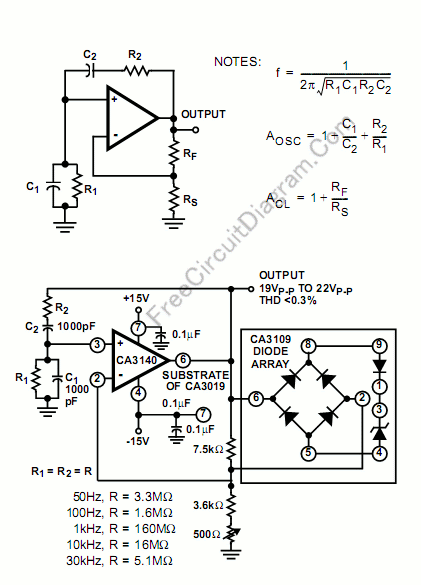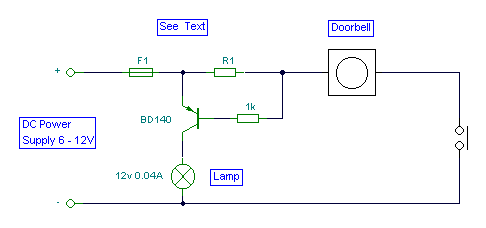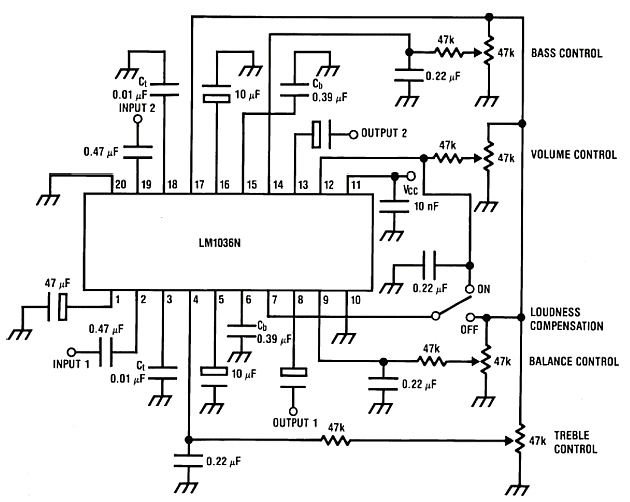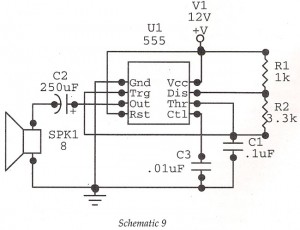
BA2181 stepping touch dimmer light circuit
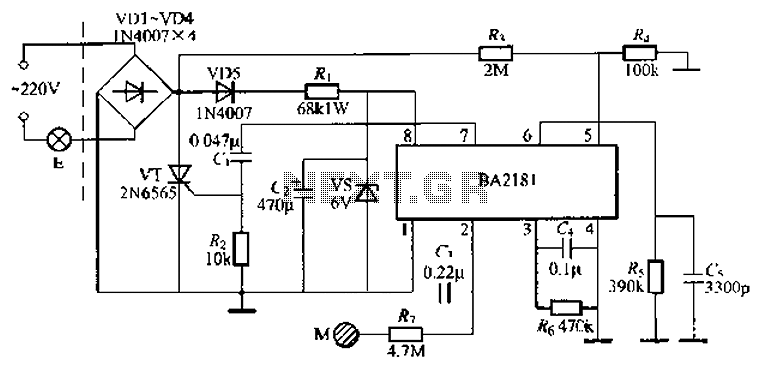
The BA2181 is a dimming controller that utilizes ASIC technology for touch-based stepping dimming of lights. It operates with low power consumption and has strong anti-interference capabilities. The device is compact and stable, making it suitable for various applications. The BA2181 is housed in a standard DIP-8 package and employs a CMOS circuit design. Each pin has a specific function: one pin serves as a negative power supply connection, while another pin is designated for touch-sensitive input. Additionally, there is a pin for receiving remote control signals, which interacts with resistive and capacitive elements. The operating mode selection pin allows for two modes: connecting to the negative terminal enables four-phase stepper dimming, while connecting to the positive terminal activates a different mode. The power supply circuit connects to ground, and repeated activation of the touch electrode allows for adjustment of light intensity across four levels. The AC input pin synchronizes with the signal, and an external oscillation signal can be applied through resistance and capacitance. A thyristor trigger signal output pin controls the conduction angle of the thyristor, allowing for precise dimming. The BA2181 operates within a power supply voltage range of 3-7V, typically around 6V. The circuit utilizes a bridge rectifier to convert 220V AC to approximately 6V DC for powering the device. An isolation diode ensures safety, while the output trigger signal couples with a thyristor gate to modulate brightness. This circuit can easily replace standard light switches, transforming conventional lighting into a four-step dimming system.
The BA2181 dimming controller is designed for efficient and user-friendly operation in lighting applications. Its touch-sensitive interface allows users to adjust brightness levels seamlessly, providing a modern solution for lighting control. The device's low power consumption and robust anti-interference features make it ideal for residential and commercial environments where stability and reliability are paramount.
The DIP-8 package facilitates easy integration into various electronic designs, while the CMOS technology enhances the overall performance of the circuit. The pin configuration is thoughtfully arranged to simplify connections and ensure that each function is easily accessible. The inclusion of both resistive and capacitive elements in the circuit design contributes to the versatility of the BA2181, allowing it to interact effectively with different types of control signals.
In practical applications, the BA2181 can be employed in a wide range of lighting scenarios, from dimmable LED fixtures to traditional incandescent bulbs. Its ability to transform standard light switches into advanced dimming controls enhances user experience, offering a customizable lighting solution that can adapt to different moods and settings. The four-step dimming capability allows users to select their preferred brightness level with ease, making the BA2181 an excellent choice for modern lighting systems.
Overall, the BA2181 is a sophisticated dimming solution that combines advanced technology with user-friendly features, making it a valuable component in contemporary lighting designs. BA2181 dimming using ASIC production touch Stepping dimming lights, 4 eup with loud power consumption is low, anti-interference ability, small as stable by bite, make use of se curity features. HA2181 collector circuit using CMOS system Ding Yi made the standard DIP-8 package. M each lead foot function. Cited negative power supply pin O end. Pin is touch-sensitive input. Pin is keyed remote control signal input terminal of the circuit do not, it will be resistive and capacitive element by element R. And c4 ground. Pin of the operating mode selection terminal, on which there are two modes to choose from, the Ju to connect the supply negative terminal Vss, as the four-phase stepper dimming; while if its positive terminal connected to the power supply VDD, as Dan, I make off mode type.
The power supply circuit to ground that is the negative terminal vs.. So repeatedly touch electrode sheet M, cho fourth gear adjustment light. pin AC input synchronizing signal bow. Pin oscillation signal input, external vibration resistance and electrical capacitance. Pin is thyristor trigger signal output, with rice drives thyristor power supply pin IE end. BA2181 IC power supply voltage range of 3-7V, typ 6V. Figure, 220V AC by VD] -VD4 form a bridge rectifier, R. Limiting buck, vs Regulators and C. Filtering the output voltage of about 6V DC power supply manifold. VD5 for the isolation diode to manifold feet through resistor R3 feet; dividing AC synchronous signal obtained from the VT ends. pin output trigger signal coupling through G, was added to a one-way thyristor VT gate to control its conduction angle.
So weeks, as long as the repeated touch electrode sheet M, the brightness of the lamp E will be a micro-light a brighter brightest. off a four-speed cycling, non- very convenient. Another feature of this circuit is only two Foreign dimmer lead, can directly replace ordinary light switch bared Ge, general lighting will be transformed into four step dimming lights.
The BA2181 dimming controller is designed for efficient and user-friendly operation in lighting applications. Its touch-sensitive interface allows users to adjust brightness levels seamlessly, providing a modern solution for lighting control. The device's low power consumption and robust anti-interference features make it ideal for residential and commercial environments where stability and reliability are paramount.
The DIP-8 package facilitates easy integration into various electronic designs, while the CMOS technology enhances the overall performance of the circuit. The pin configuration is thoughtfully arranged to simplify connections and ensure that each function is easily accessible. The inclusion of both resistive and capacitive elements in the circuit design contributes to the versatility of the BA2181, allowing it to interact effectively with different types of control signals.
In practical applications, the BA2181 can be employed in a wide range of lighting scenarios, from dimmable LED fixtures to traditional incandescent bulbs. Its ability to transform standard light switches into advanced dimming controls enhances user experience, offering a customizable lighting solution that can adapt to different moods and settings. The four-step dimming capability allows users to select their preferred brightness level with ease, making the BA2181 an excellent choice for modern lighting systems.
Overall, the BA2181 is a sophisticated dimming solution that combines advanced technology with user-friendly features, making it a valuable component in contemporary lighting designs. BA2181 dimming using ASIC production touch Stepping dimming lights, 4 eup with loud power consumption is low, anti-interference ability, small as stable by bite, make use of se curity features. HA2181 collector circuit using CMOS system Ding Yi made the standard DIP-8 package. M each lead foot function. Cited negative power supply pin O end. Pin is touch-sensitive input. Pin is keyed remote control signal input terminal of the circuit do not, it will be resistive and capacitive element by element R. And c4 ground. Pin of the operating mode selection terminal, on which there are two modes to choose from, the Ju to connect the supply negative terminal Vss, as the four-phase stepper dimming; while if its positive terminal connected to the power supply VDD, as Dan, I make off mode type.
The power supply circuit to ground that is the negative terminal vs.. So repeatedly touch electrode sheet M, cho fourth gear adjustment light. pin AC input synchronizing signal bow. Pin oscillation signal input, external vibration resistance and electrical capacitance. Pin is thyristor trigger signal output, with rice drives thyristor power supply pin IE end. BA2181 IC power supply voltage range of 3-7V, typ 6V. Figure, 220V AC by VD] -VD4 form a bridge rectifier, R. Limiting buck, vs Regulators and C. Filtering the output voltage of about 6V DC power supply manifold. VD5 for the isolation diode to manifold feet through resistor R3 feet; dividing AC synchronous signal obtained from the VT ends. pin output trigger signal coupling through G, was added to a one-way thyristor VT gate to control its conduction angle.
So weeks, as long as the repeated touch electrode sheet M, the brightness of the lamp E will be a micro-light a brighter brightest. off a four-speed cycling, non- very convenient. Another feature of this circuit is only two Foreign dimmer lead, can directly replace ordinary light switch bared Ge, general lighting will be transformed into four step dimming lights.
